Invasiveness of different herbs
corrigan
15 years ago
Featured Answer
Sort by:Oldest
Comments (14)
Heathen1
15 years agolast modified: 9 years agonoinwi
15 years agolast modified: 9 years agoRelated Professionals
Arlington Landscape Architects & Landscape Designers · Windham Landscape Architects & Landscape Designers · Hyattsville Landscape Architects & Landscape Designers · Beachwood Landscape Contractors · Brunswick Landscape Contractors · Columbine Landscape Contractors · Fort Payne Landscape Contractors · Medford Landscape Contractors · Salem Landscape Contractors · South Hackensack Landscape Contractors · Wanaque Landscape Contractors · Wickliffe Landscape Contractors · New Orleans Roofing & Gutters · Clarksville Roofing & Gutters · Winnetka Roofing & Gutterssparrowhawk
15 years agolast modified: 9 years agoboxer8
15 years agolast modified: 9 years agoDaisyduckworth
15 years agolast modified: 9 years agoHeathen1
15 years agolast modified: 9 years agofatamorgana2121
15 years agolast modified: 9 years agoeibren
15 years agolast modified: 9 years agomarlingardener
15 years agolast modified: 9 years agooldroser
15 years agolast modified: 9 years agojinnylea
15 years agolast modified: 9 years agoeibren
15 years agolast modified: 9 years agocorrigan
15 years agolast modified: 9 years ago
Related Stories

GARDENING GUIDESDo You Have This Invasive Plant in Your Yard?
Garlic mustard is spreading across the U.S. Here’s how to spot it and what to do
Full Story
GARDENING GUIDESHerb Garden Essentials: Grow Your Own Delicious Mint
Pull out a pot for this one. Mint's spreading habit and hard-to-kill nature can be a blessing — if you're properly prepared
Full Story
EDIBLE GARDENS12 Essential Herbs for Your Edible Garden
Make home cooking and drinks even better with herbs plucked from your own backyard or windowsill pot
Full Story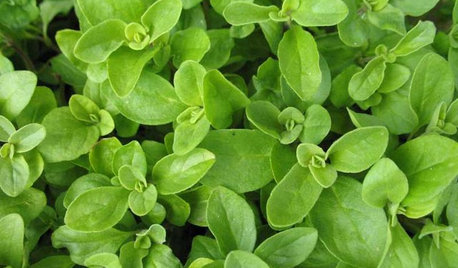
EDIBLE GARDENSHerb Garden Essentials: Grow Your Own Oregano and Marjoram
Say 'buon giorno' to classic Italian herbs you can grow just as easily in pots as in the summer garden
Full Story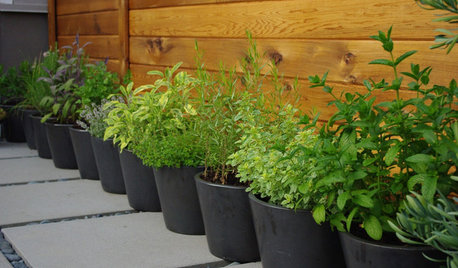
GARDENING GUIDES4 Herb Container Gardens for Fabulous Global Cuisine
Tingle your taste buds with the unbeatable taste of fresh herbs in your Italian, Asian, Mexican or French fare
Full Story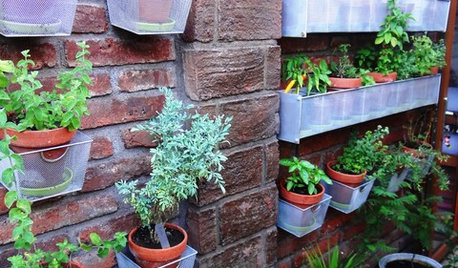
GARDENING GUIDES9 Fresh Herbs for Crowd-Pleasing Thanksgiving Dishes
Pluck these herbs from a windowsill pot or a garden for a Thanksgiving meal that sings with fresh flavor
Full Story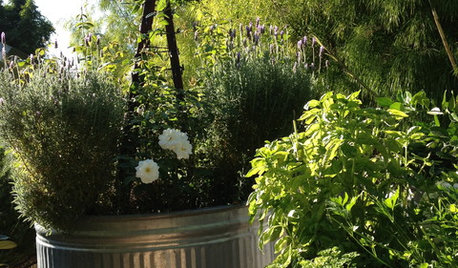
EDIBLE GARDENSGrow Herbs for Fresh Flavor and Good Looks in the Garden
With sun and a patch of ground, you can have all the fresh flavor you need for cooking right outside your door. Here's how to get started
Full Story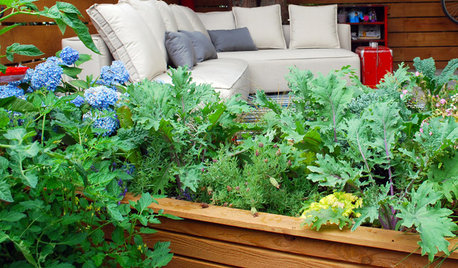
GARDENING GUIDESStep Right Outside for Fresh Herbs and Vegetables
Decks and patios can be convenient spots for edibles, and sometimes they even offer advantages over backyard gardens
Full Story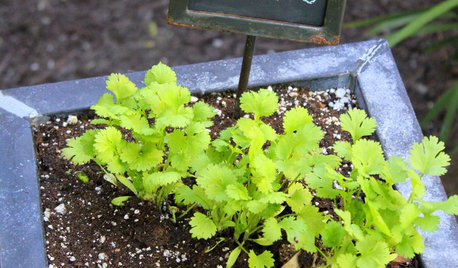
GARDENING GUIDESHerb Garden Essentials: Versatile Cilantro Adds Flavor to Herb Gardens
Love it or hate it, this cool-season herb contributes its unique flavor to any number or the world’s cuisines
Full Story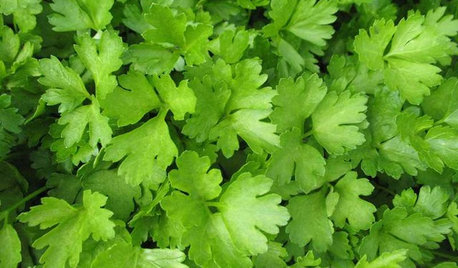
EDIBLE GARDENSHerb Garden Essentials: Grow Your Own Parsley
Mere garnish no more, parsley comes in flavorful and interesting varieties to decorate the garden and jazz up your cooking
Full Story0
More Discussions










granite